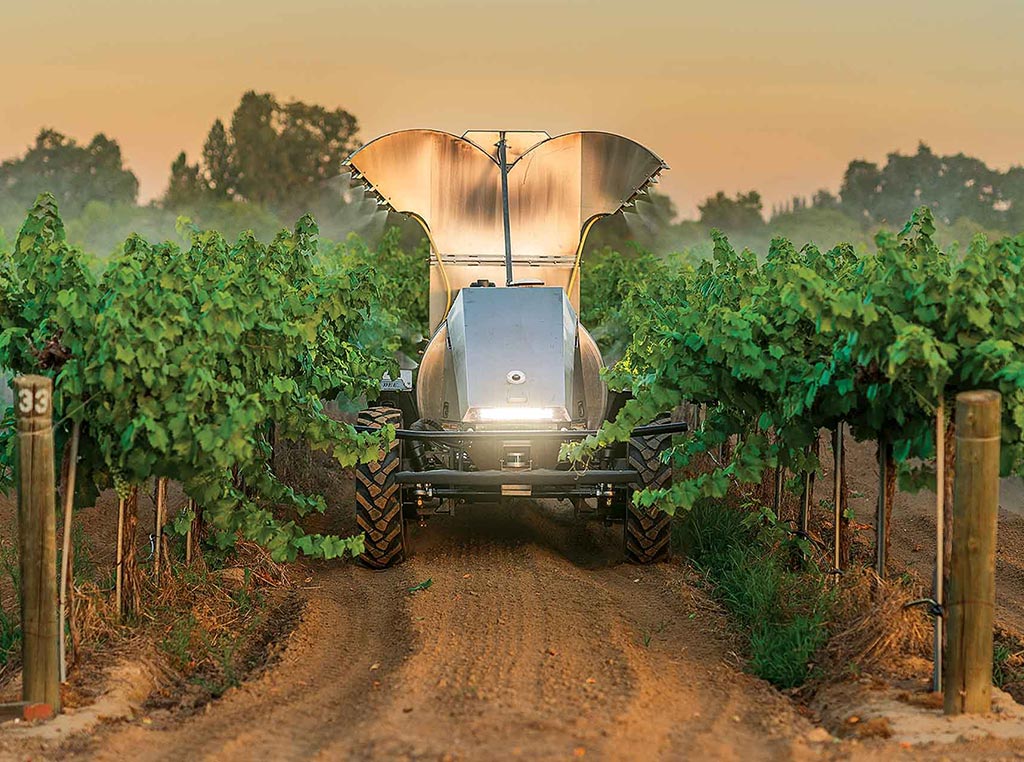Agriculture, Education September 01, 2022
Seeking Golden Opportunities
.
Winter canola gives transitioning family farm a boost.
Another gold rush is brewing in Montana and the Pacific Northwest. Bright spots of canola are popping up on increasing acres as demand and prices grow. Gaining research on practices to improve the odds of winter canola surviving harsh northern winters gives more producers the chance to go for gold.
"I like that it adds a pop of color to the valley," says Garrett Lapp, who's growing winter canola, alfalfa, spring wheat and Teff grass with his brother, Casey, along the Yellowstone river near Terry, Mont. Aesthetics wasn't what attracted the Lapps to canola—it was profit.
"Wheat was at $4.50 while canola was $10 per bushel," Casey says. Their flood irrigated fields produce 80-bushel wheat and they were told 60-bushel canola was likely. At those numbers, canola would deliver a 67% revenue increase with slightly higher input costs.
It didn't. An early hot spell ended flowering early, drought plagued the area and the brothers planted their first crop too deep in too-wide of rows. In the end, the crop yielded 30-35 bushels per acre.
Still, at $10 per bushel the heat and drought-battered canola crop produced income near equal to an average year's wheat production.
Tipped scale. "A big driver for increasing canola acres in our states is a strong market," says Karen Sowers, executive director of the Pacific Northwest Canola Association ( Washington, Oregon, Idaho and Montana). Domestic use of canola oil has nearly tripled in the last two decades. The United States imports canola oil and meal.
"The demand for canola is insatiable," she says. Demand is set to stay high as canola is also on track to become a biodiesel source.
North Dakota leads the nation in canola production at 1.72 million acres. Montana is second at 167,359 acres, a 20% increase in acreage from 2020 to 2021. Most of those acres are spring canola—the Lapps are planting winter canola, and for good reason.
"Our growing season is short. The later canola starts flowering, the more likely it will be impacted by heat," Casey says. Canola aborts active blooms—each bloom becomes a pod—on days topping 90 degrees.
Canola the Lapps seeded the previous August—early planting increases winter survival—was up and in full bloom before June.
Winter canola yields are significantly higher than spring canola, Sowers says. Up to 50% higher. And, she says, most producers report significant yield boosts in small grains seeded after canola.
Fall-planted canola replaces fallow for some, boosting soil health and providing potential fall grazing. The deep tap root can help break up compaction and mine nutrients from deep in the soil profile.
Only plant tops are harvested, leaving sturdy residue that catches significant snow, Casey says.
The Lapps have found the plant to be resilient, profitable and rewarding to grow. "Our dad, Gary, and Uncle Duane taught us to diversify crops to keep yields and profits stable," Garrett says.
Diversity flagged as sugar beets and malt barley markets left the area and the elder Lapp brothers neared retirement, Gary explains. When Casey and then Garrett returned to the farm, they welcomed the challenge of returning a robust mix of crops to the farm. ‡
Read More

RURAL LIVING
Pedal Power
When it comes to vintage bicycles, nothing rides like a Deere.



